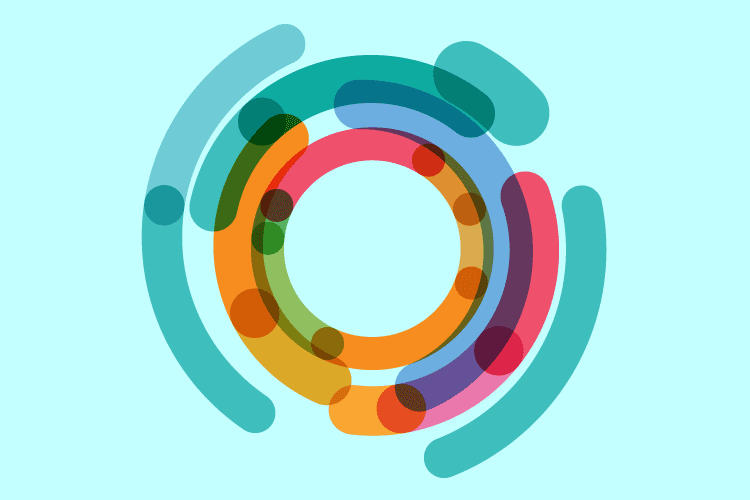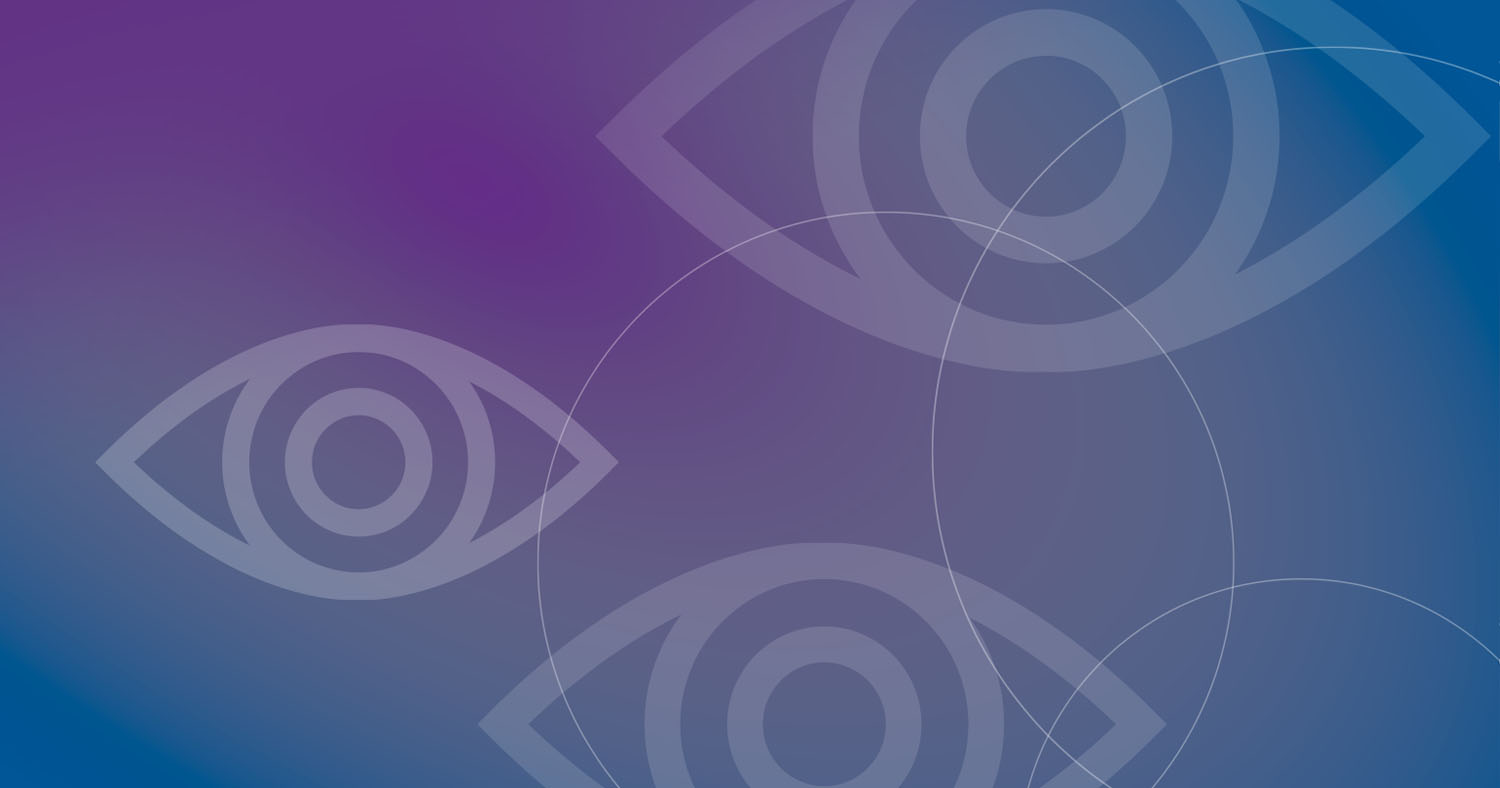More women than men face vision-related issues, including a wide range of eye diseases and conditions beyond refractive error and blindness.
Because women tend to live longer than men, more women get eye diseases, since age is a key risk factor for vision problems. Hormones also play a role.
I once had a patient who was a young woman, yet her eyes looked very dry, like those of someone much older. Dry eye is a common symptom in older, post-menopausal women with declining estrogen levels.
Dry eye is a disorder in which people are unable to produce enough of the natural tears that protect the eye and keep it moist —leaving the eye dry and irritated, and often interefering with vision. Without proper care and treatment, dry eye can be a serious health threat.
As it turns out, my young patient’s eye problems were a symptom of premature ovarian insufficiency, a disorder in women under 40 that is associated with fertility issues and other health problems. Her dry eyes were related to low estrogen levels. This new observation would set in motion new ideas about the role of hormones and health of the surface of the eye.
The case fascinated me. Beyond the effect of hormones, I wondered, were women’s and men’s eye disorders different in other ways? As an investigator at the National Eye Institute, I was in a great position to learn more. Through a collaboration I initiated with NICHD investigators, we determined that some girls and women with the rare disease Turner syndrome — caused by a female’s absence of one of her two X chromosomes — also report symptoms consistent with dry eye. I put together a clinical study to determine how many women with Turner syndrome have dry eye, compared to women with premature ovarian insufficiency and women without either condition.
In this particular research, we are trying to understand how dry eye is related to hormones, genetic effects, or both. What we learn should help us understand causes of dry eye and point to new ways to treat it in women and in men. As the Director of the NIH Office of Research on Women’s Health, I am excited to be a part of a much larger effort that is currently underway to investigate the connections between sex, gender, and a wide array of health conditions.
Janine Austin Clayton, M.D.
Director, Office of Research on Women’s Health
Associate Director for Research on Women’s Health, NIH
Department of Health and Human Services


